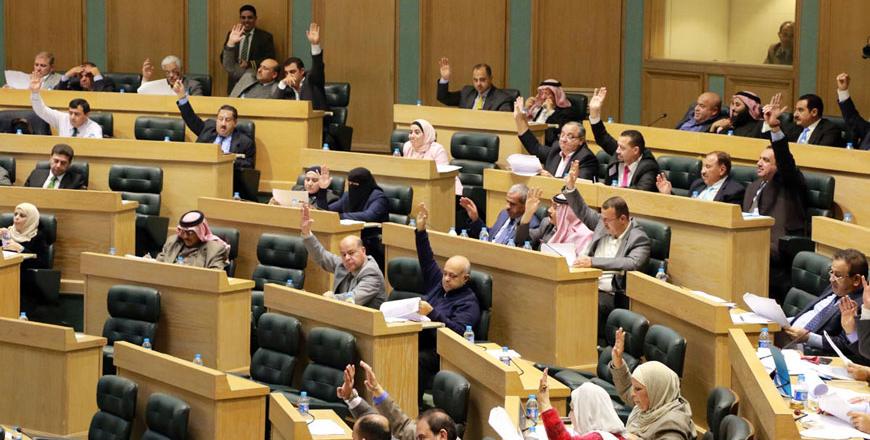You are here
Public debt growth to slow down in coming 3 years
By JT - Aug 12,2015 - Last updated at Aug 12,2015
AMMAN — The annual growth rate of the net public debt is expected to decrease by 5.2 per cent during 2016 to further drop to 2.6 per cent in 2018, according to official estimates.
The figures were unveiled on Tuesday during a meeting of the Ministerial Economic Committee, part of which was chaired by Prime Minister Abdullah Ensour, the Jordan News Agency, Petra, reported.
During the meeting, several issues related to expected public debt service rates, repayment mechanisms, refinancing and sovereign debt management were discussed, according to Petra.
According to the figures, the net public debt service is expected to grow by 7.7 per cent during 2015 compared with 23.7 per cent in 2012, Petra reported.
As a result of the economic reforms, the public debt-to-GDP ratio is expected to reach around 74.1 per cent in 2018 compared with 81.7 per cent by the end of this year, Petra said.
The public debt is expected to stand at around JD22 billion, constituting 81.7 per cent of the GDP, according to Petra.
As listed in the three-year debt management plan, the financing requirement of the central government and public independent institutions will go down by 60 per cent to JD4.5 billion between 2016 and 2018 as a result of curbing public expenditures and the shrinking losses of National Electric Power Company (NEPCO), Petra said.
Jordan’s net public debt increased by 3.2 per cent to JD21.20 billion at the end of May 2015 from JD20.56 billion at the end of last year.
According to data from the Finance Ministry, the public debt, as a percentage of GDP, decreased by 2.7 per cent to 78.1 per cent from the estimated GDP for 2015, compared to 80.8 per cent at the end of 2014.
The ministry attributed the higher amount of debt to the increase of guaranteed loans by the government to NEPCO and the Water Authority of Jordan during the first five months of this year.
The external debt accounted for 29.6 per cent of the estimated GDP for 2015, compared to 31.6 per cent of the 2014 GDP.
Related Articles
AMMAN — Jordan’s net public debt increased by 3.2 per cent to JD21.20 billion at the end of May 2015 from JD20.56 billion at the end o
AMMAN — The Kingdom's total public debt reached JD26.046 billion by the end of September, or 95 per cent of the gross domestic product (GDP)
AMMAN — The Lower House on Thursday passed the draft 2016 state budget law in addition to the budget bill of independent government institut
















